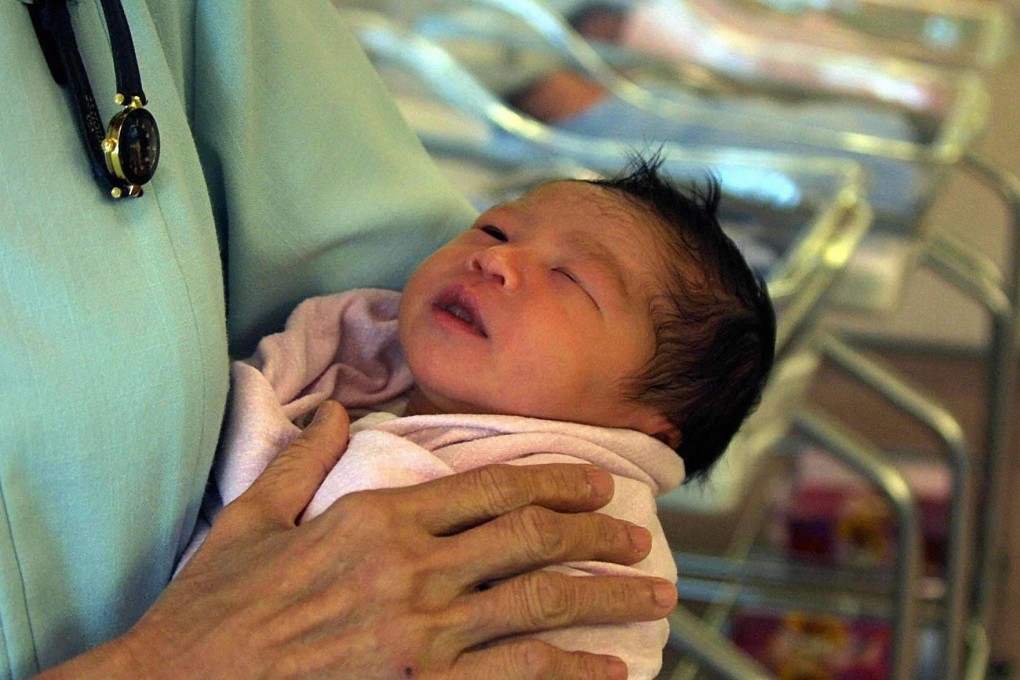Baby or bust: Why Singapore needs to get procreating, and fast
Calls for Singapore's government to compensate companies or give them ways to help employees work from locations near their children

Singapore's policymakers have long battled the country's low birth rate, and even a recent helping hand from start-ups may not be enough to offset looming economic pressures.
Dual-income families are the norm in the pricey city-state and the lack of time for family is frequently cited as a significant factor influencing couples' decisions on how many children to have, if they have any at all.
Singapore law provides for four months of paid maternity leave and in recent years the government has offered cash incentives of up to US$18,000 for parents who have five children or more, and also legislated for a second week of paid paternity leave, but the measures have met with little success. Singapore's total fertility rate was 1.24 in 2015, far below the ideal replacement level of 2.1 needed to keep the population from shrinking.
Entrepreneurs like Tjin Lee are stepping in.
Lee is the co-founder of Trehaus, a child care center that's integrated with a co-working space. Launched this year, the facility was designed for working parents who wanted to stay close to their children.
"The truth is none of us want to have children and not be able to spend time with them," Lee says. "One thing [the government] could do is to incentivise or to compensate companies or to give them ways to help employees find a way to work from satellite locations that children can be near them."